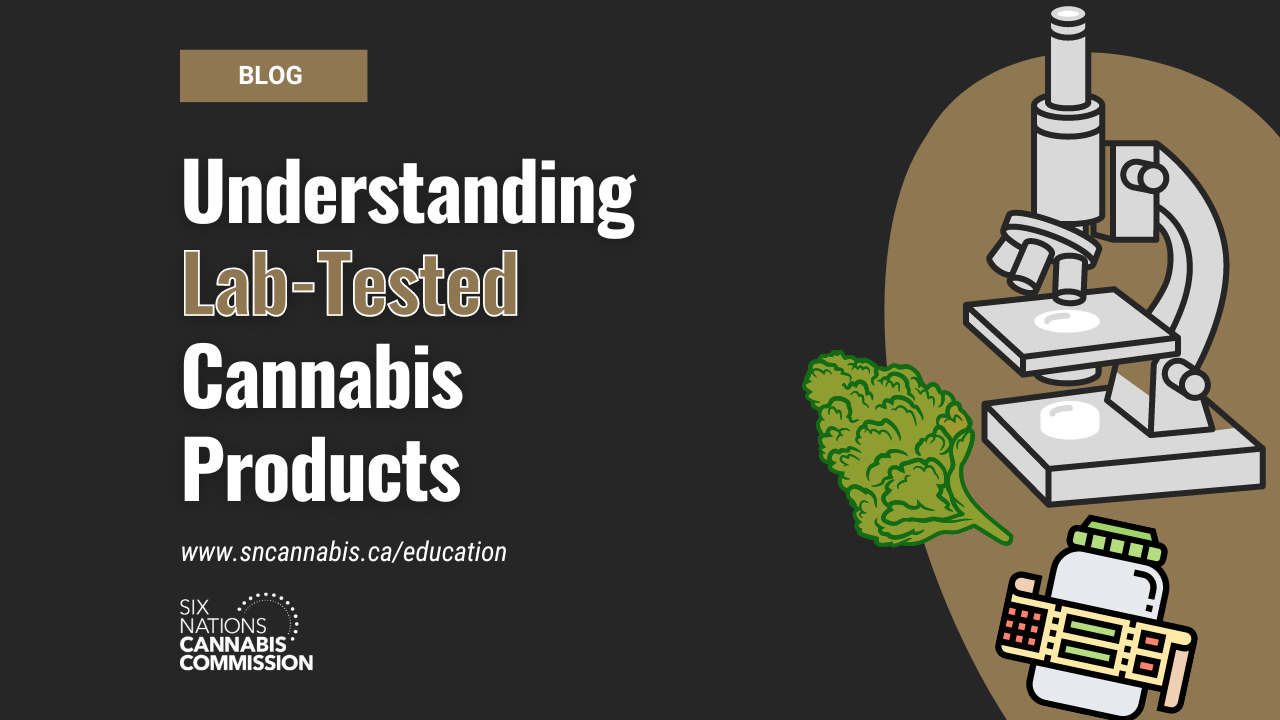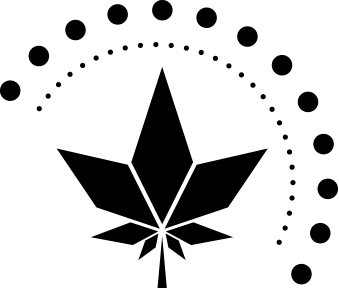
“Lab tested” is a term that can be used by any brand to describe their cannabis products but this doesn’t mean much unless they give access to lab results from a third party. When we say “third-party,” we’re talking about a lab that is completely separate from the producer. These results can give you proof that the product you’re buying is as strong, pure, and safe as it says it is.
Some producers put results on the packaging of their products, but this information is likely to be limited. If a producer won’t share lab test findings, it might mean the product hasn’t been tested or the corporation has a purpose to hide them. It’s important to keep in mind that not all laboratories can be relied upon to provide reliable results, and testing practices vary considerably across the board.
How to Make Sense of Lab Test Results
Please be aware that some of the sets of findings may not be as comprehensive as others. The tests that are done depend on a number of things, such as the type of product and how it is meant to be used.
Cannabinoids
Most test results will at the very least indicate the product’s THC, CBD, and other cannabinoids content in terms of potency.
THC and CBD are the most common cannabinoids, but there are also important ones like THCa, THCV, CBDa, CBN, CBC, and CBG.
Terpenes
Even though they aren’t found in lab test results as often as other things, terpene levels are given for some products. Terpenes are mostly responsible for the distinctive flavor and fragrance of cannabis.
Some examples of terpenes you might find results for are myrcene, limonene, and terpinolene.
Residual Solvents
When making cannabis products, some methods, especially extractions, can leave behind small amounts of solvent. High amounts of some of these leftover elements may impair health.
Butanes, propane, benzene, and xylenes are some of the most common solvents that need to be tested for. Not all of them are utilized in the extraction procedures; nonetheless, some of the more hazardous chemicals might be found as pollutants.
Moisture Content
For some products, like cannabis buds, the results may say how much water was in the test sample. There is an increased chance of fungus and bacteria flourishing in the product if the moisture level is high; This risk increases as the percentage of moisture increases. If it is too low (below 5%), the bud may become dry and brittle, which may result in a less pleasurable experience overall.
Other Tests for Safety
In addition to the residual solvent analysis, there are other tests that can help make sure a product is safe to consume. There is a vast list of typical pesticide chemicals that may be tested for, as residues from plant treatment agents, for instance, might appear in the finished product.
Another thing to worry about is the growth of microorganisms in samples, especially those with higher moisture content.
Heavy metals are another containment that are recommended to be tested for in cannabis. These can build up in plants if they get them from fertilizers or contaminated soil. The main heavy metals to worry about are arsenic, cadmium, lead, and mercury.
Be Safe
Test results can tell you a lot about the product you’re buying, such as how pure and effective it is. They also serve to ensure the product’s safety for consumption. You should be able to get test results without too much trouble. If you can’t, you might want to question whether the product is safe for consumption.

